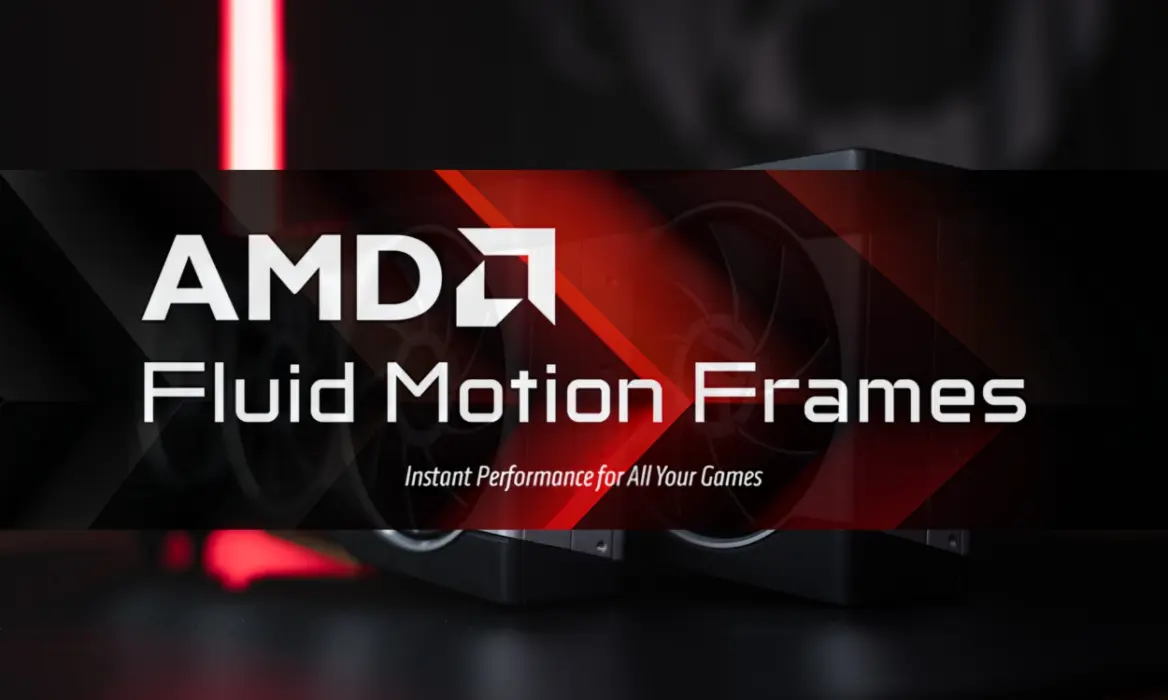AMD’s Fluid Motion Frames (AFMF) 2 has transitioned from a preview phase into the main Adrenalin 24.9.1 driver release, marking a significant enhancement for AMD users. This frame generation technology, integrated directly into the driver, doesn’t require game developers to implement specific optimizations.
Instead, users can enable AFMF 2 through the Radeon control panel on a per-app basis. AFMF 2 is also a key part of AMD’s HYPR-RX technology, which combines frame generation with Super Resolution upscaling, maximizing performance in games.

AFMF 2 brings notable improvements over its predecessor, focusing on reducing latency and enhancing performance scaling through new modes tailored for different hardware configurations.
It introduces two primary settings: High and Performance modes, allowing users to choose between optimal quality or increased frame rates, depending on their needs. This flexibility benefits both low-power handheld devices and high-end desktop systems.

In terms of compatibility, AFMF 2 works with AMD’s RDNA2 and RDNA3 architectures, including the Radeon RX 6000, and RX 7000 series, and integrated 700M and 800M GPUs. However, it is not compatible with RDNA1 and earlier graphics cards.
Further enhancements include expanded support for borderless fullscreen gaming, ensuring seamless integration with a wide range of display configurations on RDNA 3 series GPUs. AFMF 2 also supports multiple APIs, including OpenGL, Vulkan, DirectX 11, and DirectX 12, making it versatile across a broad selection of games.

Also Read: AMD Launches X870 and X870E Motherboards; Cheapest Motherboard Costs $189
Additionally, AFMF 2 is optimized to work with AMD’s Radeon Chill, which introduces a low-latency frame rate capping option to maintain smooth gameplay while reducing power consumption.
Moreover, AMD’s latest Ryzen AI technology, especially the 300 series (codenamed Strix Point), is now optimized to work alongside AFMF 2, enhancing gaming performance further.

